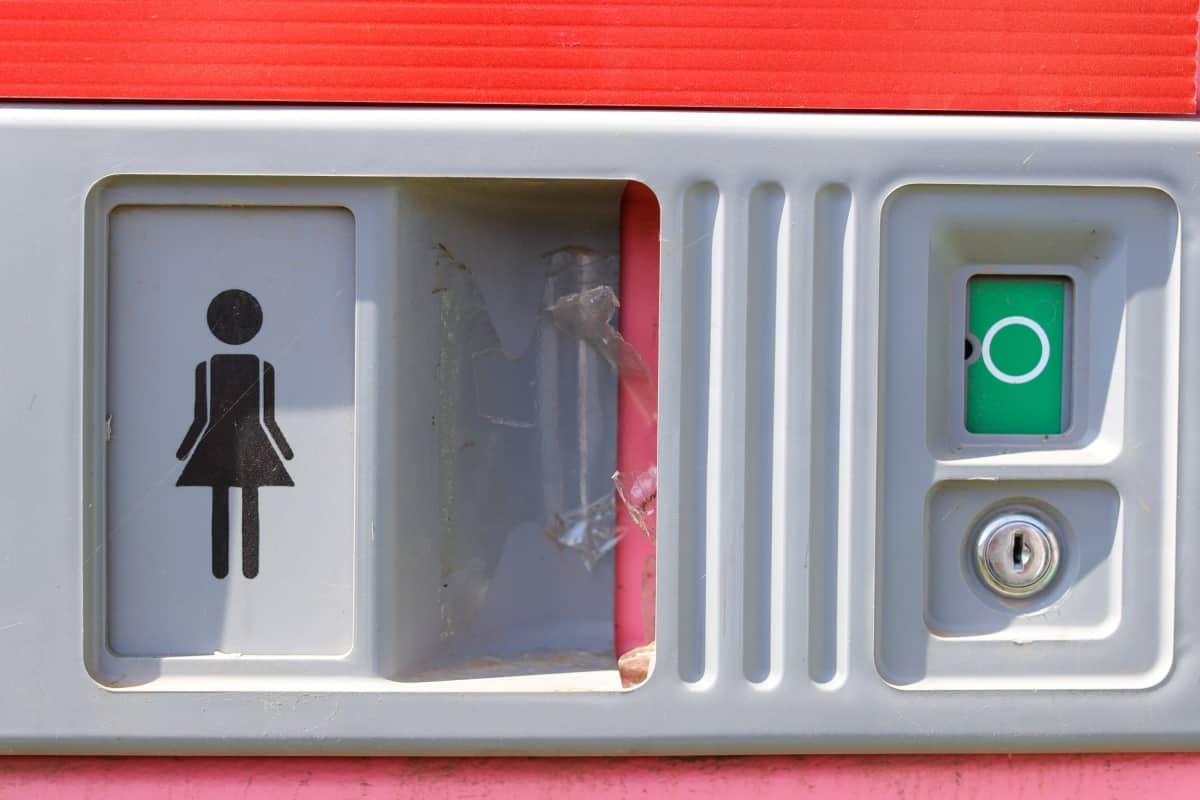
credit;PA
A scientific review of the international use of menstrual cups suggests they are safe and may be as effective as other sanitary products.
The findings indicate they result in similar or lower leakage than disposable sanitary towels (pads) or tampons.
Globally, menstruation can affect girls’ schooling and women’s experience of work, and can increase their disposition to infections if they use poor quality sanitary products.
Researchers say it can even make both women and girls a target of sexual violence or coercion when they do not have the funds to buy sanitary products.
With an increasing number of initiatives in both high- and low-income countries to combat period poverty, it is essential policy makers know what products to include in menstrual health programmes, scientists say.
Senior author Professor Penelope Phillips-Howard, from the Liverpool School of Tropical Medicine, said: “Despite the fact that 1.9 billion women globally are of menstruating age – spending on average 65 days a year dealing with menstrual blood flow – few good quality studies exist that compare sanitary products.
“We aimed to address this by summarising current knowledge about leakage, safety, and acceptability of menstrual cups, comparing them to other products where possible.”
Scientists combined data from medical studies and grey literature in which participants reported their experiences of menstrual cups or their willingness to use them.
They selected 43 studies involving 3,319 participants in both low- and middle-income countries (LMICs) – 15 studies, and high-income countries – 28 studies.
Four studies within the review (293 participants) compared leakage between different sanitary products.
The study, published in The Lancet Public Health journal, found levels were similar between menstrual cups and pads and tampons, while one found that leakage was significantly less.
In European, North American, and African women and girls, there was no increased risk of infection associated with using menstrual cups.
Results from 13 of the studies suggest around 70% of women wanted to continue using menstrual cups once they were familiar with them.
Among 69 websites containing educational materials on puberty in 27 countries, 77% mentioned disposable pads, 65% mentioned tampons, only 30% mentioned menstrual cups and 22% mentioned reusable pads, the study found.
Preliminary evidence on the cost and waste savings associated with using menstrual cups suggests that over 10 years, a single menstrual cup could cost much less than pads or tampons.
A cup could cost roughly 5% or 7% the cost of using 12 pads (on average 0.31 US Dollars each) or tampons, on average 0.21 US dollars each per period.
Plastic waste might also be reduced, as over a decade a cup is estimated to create 0.4% of the plastic waste generated by single-use pads or 6% of that produced by using tampons.
The authors note the cost and waste estimates are only illustrative, and do not account for the combined use of menstrual products, inflation, or production costs.
Given the limited number of reports on the use of menstrual cups, the authors also caution that other potential issues cannot be excluded, including use of menstrual cups in combination with IUDs.
Commenting on the study, Dr Julie Hennegan from the Johns Hopkins Bloomberg School of Public Health, said: “For consumers purchasing menstrual products, the results highlight cups as a safe and cost-effective option.
“Critically, findings indicate that menstrual education resources are not providing a comprehensive overview of products to support informed choices.”
The researchers believe this was the first systematic review and meta-analysis examining girls’ and women’s experiences of menstrual cups.
However, they note the quality of the studies included was low, and call for more, quality research in this area.
Menstrual cups collect blood flow, rather than absorbing it as with pads and tampons.
Like tampons, they are inserted into the vagina, before being emptied every 4-12 hours.
There are currently two types – a vaginal cup which is generally bell-shaped, and a cervical cup.
They are made from medical grade silicone, rubber, latex or elastomer and can last up to 10 years.